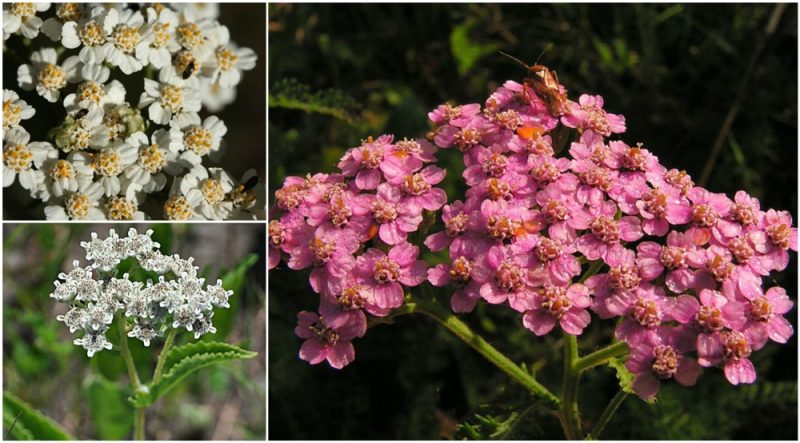Achillea millefolium, commonly referred to as yarrow, is a flowering plant that belongs to the family Asteraceae.
Depending on the region where it’s found and used, the plant goes by many names such as little feather, nosebleed plant, devil’s nettle, old man’s pepper, soldier’s woundwort, thousand-leaf, and more.
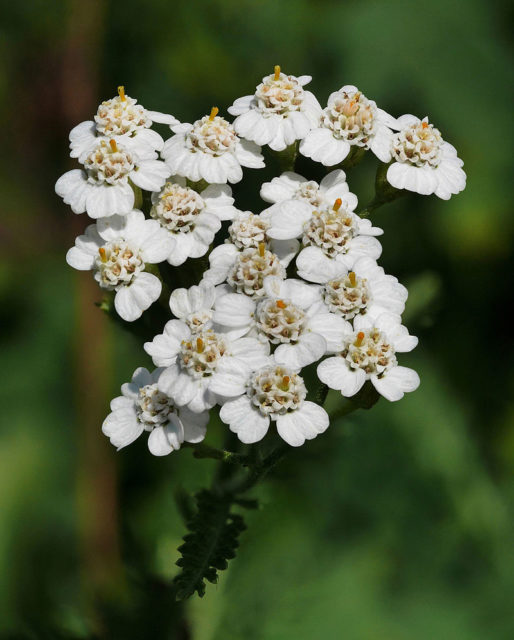
According to the legend, the plant’s original name, Achillea, was given it by Achilles who carried it on the battlefields and used it to cure battle wounds.
Yarrow grows up to an altitude of 11,500 feet in the regions of the Northern Hemisphere such as Europe, Asia, and North America. It flowers during the summer but its active growth usually occurs in the spring.
The flower has a strong and sweet scent and produces one to a couple of stems from 7 inches to over 3 feet in height and has a rhizomatous growth form.
Its spirally arranged leaves are 2 to 8 inches long and can be bipinnately or tripinnately arranged. The inflorescence contains white or pink flowers, 4 to 9 phyllaries and small dry fruits called cypsela.
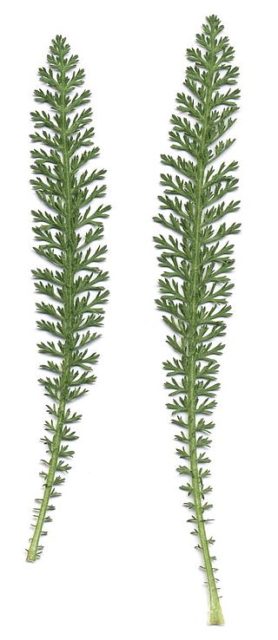
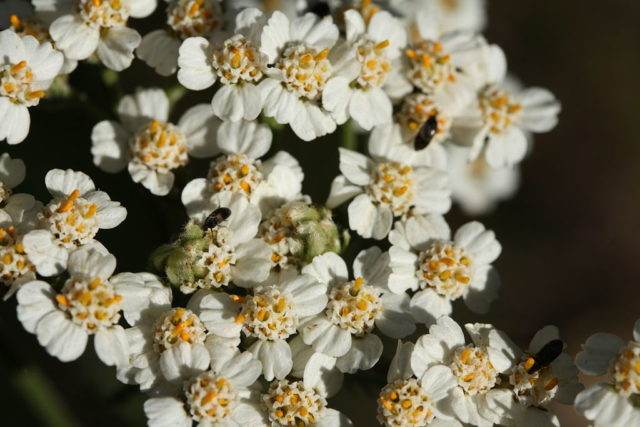
Achillea is also an ornamental plant cultivated in wildlife gardens, gardens of native plants, butterfly gardens, and gardens that include drought-tolerant species. Although the plant prefers well-drained soil in full sun, it can also be cultivated in less ideal conditions.
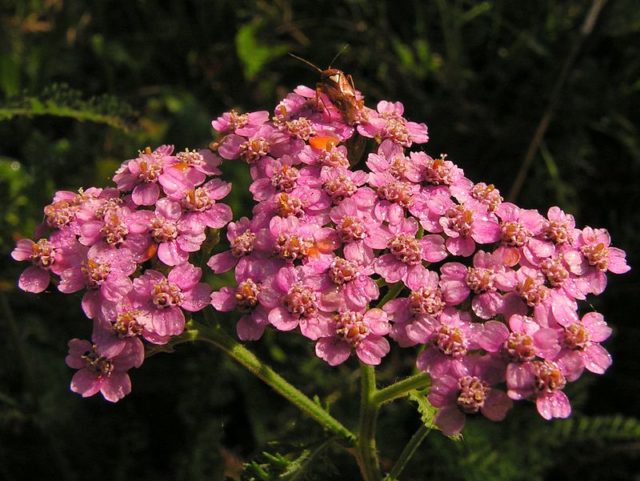
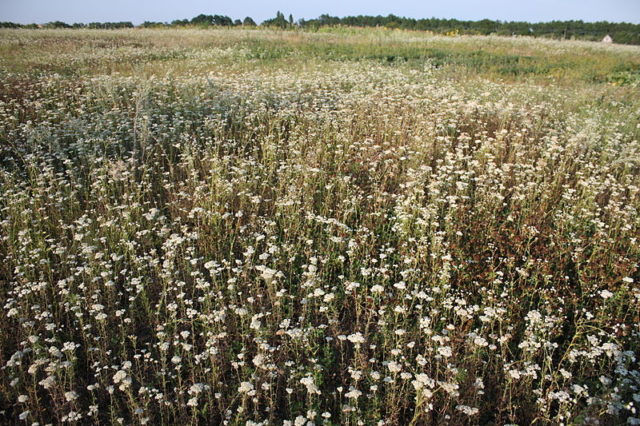
The plant was a very popular vegetable during the 17th century. The younger leaves were cooked like spinach or in a soup, while the others parts were dried and used as a cooking herb. Native Americans considered the herb to be a ‘life medicine’ and chewed it for toothaches or as an infusion for earaches.
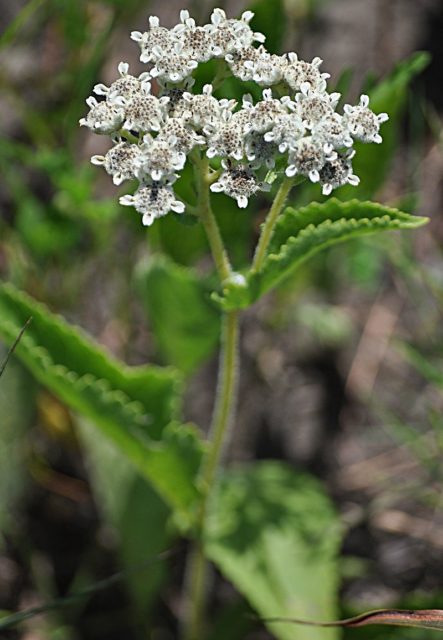
Plains Indians used it for pain relief and inhaled it in a steam for curing headaches. People in the Middle Ages used the plant for beer flavoring and its leaves for making liquors and bitters. Today, Achillea it’s mostly used for fever, diarrhea, loss of appetite, common cold and to induce sweating.
According to the American Society for the Prevention of Cruelty to Animals, the plant is toxic to dogs, cats, and horses. It can also cause vomiting, depression, anorexia, diarrhea or hypersalivation. Its essential oil can kill the larvae of the famous Asian tiger mosquito.
